

Ahi Pepe MothNet is a citizen science project that explores New Zealand’s native moths, their distributions and whether vegetation restoration impacts moth diversity. One aspect of the project is ...
READ MORE

Kimiora Hēnare (Ngāti Hauā, Te Aupōuri, Te Rarawa) is a cancer researcher who studies the complex biology of tumours in efforts to harness the immune system to fight cancer. This scientist ...
READ MORE

Professor Eloise Jillings (Ngāti Maru Hauraki) is a veterinarian and educator at Massey University. Her leadership is critical to the education of veterinary students and particularly Māori. This ...
READ MORE

In this activity, students consider some of the ethical issues involved with keeping earthworms (and other animals) captive in a classroom setting. By the end of this activity, students should be ...
READ MORE

Aotearoa New Zealand has one of the highest cat ownership rates in the world. Nearly 40% of households have at least one cat – for the most part, we’re fond of our cats. Unfortunately, domestic ...
READ MORE

Aotearoa New Zealand has a lot of cats! Forest & Bird reports we have: 1,134,000 companion cats 196,000 stray cats millions of feral cats – there’s no data on feral cat abundance but this is ...
READ MORE
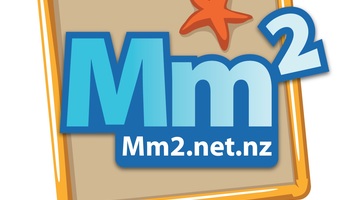
Marine Metre Squared is a New Zealand citizen science project that supports communities to monitor their local seashore. The project has been designed to provide meaningful, valid environmental ...
READ MORE

iNaturalist logs hundreds of thousands of photos of flora, fauna and fungi. There are even sound recordings too. Each is described and geo located. iNaturalist is used by citizens and scientists ...
READ MORE
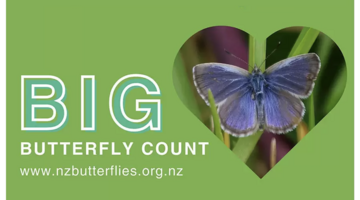
This New Zealand-based citizen science project collects data about butterflies in our gardens, schools, parks and farms – any location in the country or on the outer islands. This annual event – ...
READ MORE

In this recorded professional learning session Professor Georgina Tuari Stewart, a pūtaiao education expert from the Auckland University of Technology shares classroom resources exploring how ...
READ MORE

This unit plan is designed for students in years 6–8. When someone mentions the word ‘butterfly’, what image pops into your head? Chances are it’s the monarch or the white butterfly, as these are ...
READ MORE
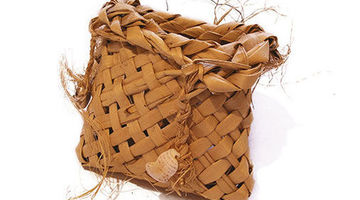
In this recorded professional learning session Tame Malcolm (Kaimahi Matua at Te Tira Whakamātaki) and Greta Dromgool from the Science Learning Hub explore kaitiakitanga. Many of us are familiar ...
READ MORE
Moths are euthanised in order to create reference collections. Dr Barbara Anderson from Ahi Pepe MothNet, and Dr Robert Hoare from Manaaki Whenua – Landcare Research explain the value of ...
READ MORE
Victoria Campbell and Tiahuia Kawe-Small from Te Kura Kaupapa Māori o Ōtepoti attribute the success of the Ahi Pepe MothNet project to collaboration and the blending of mātauranga Māori and ...
READ MORE
Ka whakamārama a Tiahuia Kawe-Small i kā tikaka o te Kura e pā ana ki te whakamateka o kā pepe tuna i roto i te mahi pūtaiao. English translation Tiahuia Kawe-Small, Principal of Te Kura Kaupapa ...
READ MORE
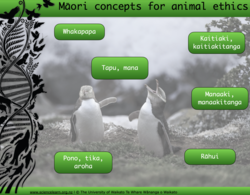
This interactive provides an introduction to te ao Māori concepts within the context of animal ethics. Click on the labels for information about the concepts. Select here to view the full ...
READ MORE
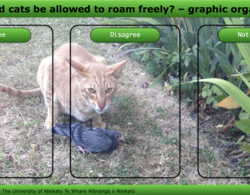
Use this interactive graphic organiser to explore your personal views about cats being allowed to roam wherever they wish. Place each statement card where you feel it belongs. There are no right ...
READ MORE
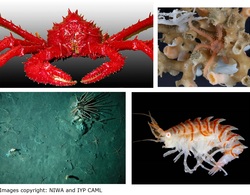
This short slideshow shows some of the animals found in the Antarctic benthic zone. Use the Slideshow menu for further options, including view full screen, and go here for the download option.
READ MORE